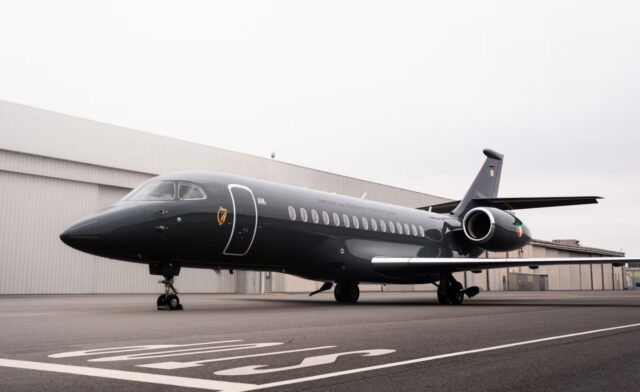Bell reveals laboratory for future autonomy fly-by-wire operations
Bell Textron has revealed its Aircraft Laboratory for Future Autonomy (ALFA) based on the Bell 429 commercial aircraft.
Developed by Bell’s Advanced Programs team, ALFA is dedicated to performing flight…

Bell Textron has revealed its Aircraft Laboratory for Future Autonomy (ALFA) based on the Bell 429 commercial aircraft.
Developed by Bell’s Advanced Programs team, ALFA is dedicated to performing flight manoeuvres with an aircraft safety system and executing autonomous fly-by-wire flights.
The fly-by-wire integration was a critical step in future development of autonomous controls for Bell’s commercial aircraft, an emerging technology that aims to reduce pilot workload and enhance safety.
“Fly-by-wire flight, coupled with additional capability that are being integrated into ALFA, provide a great foundation for Bell to expand on its autonomous capabilities,” said Jason Hurst, executive vice president, Engineering, Bell.
“This aircraft will serve as a flying lab that will inform future autonomous technology development, which we can ultimately leverage to deliver the best rotorcraft solutions to global operators.”
ALFA’s aircraft safety system separates safety functions from flight control functions, allowing for rapid development and evaluation of novel flight control technology without compromising overall safety.
The aircraft completed its first flight at Bell’s Commercial Assembly and Delivery Centre in Mirabel, Quebec, Canada and is now being used for further exploration at Bell’s Flight Research Center in Fort Worth, Texas.
Bell says it is committed to developing technology that will provide the best possible, advanced solution for current and future customers. Bell’s Advanced Programs team continues to explore technology development to elevate Bell’s products for its commercial and military customers.Subscribe to the FINN weekly newsletter
















